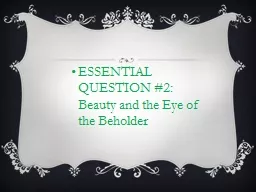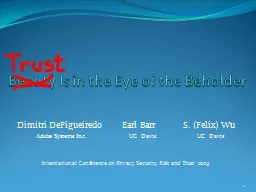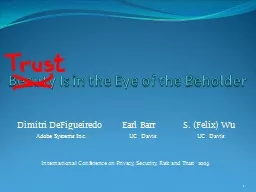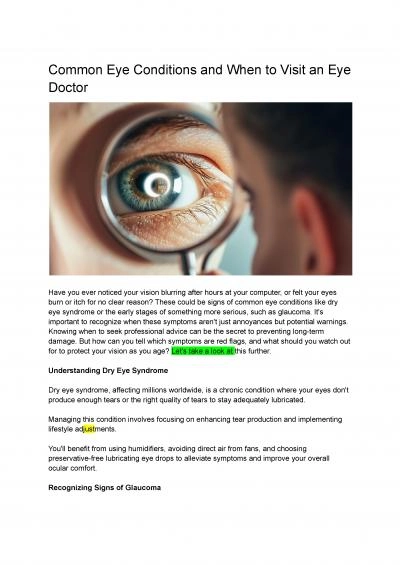PPT-ESSENTIAL QUESTION #2: Beauty and the Eye of the Beholder
Author : jane-oiler | Published Date : 2017-03-20
Balance symmetrical and asymmetrical Symmetrical balance is mirror image balance If you draw a line down the center of the page all the objects on one side of the
Presentation Embed Code
Download Presentation
Download Presentation The PPT/PDF document "ESSENTIAL QUESTION #2: Beauty and the E..." is the property of its rightful owner. Permission is granted to download and print the materials on this website for personal, non-commercial use only, and to display it on your personal computer provided you do not modify the materials and that you retain all copyright notices contained in the materials. By downloading content from our website, you accept the terms of this agreement.
ESSENTIAL QUESTION #2: Beauty and the Eye of the Beholder: Transcript
Download Rules Of Document
"ESSENTIAL QUESTION #2: Beauty and the Eye of the Beholder"The content belongs to its owner. You may download and print it for personal use, without modification, and keep all copyright notices. By downloading, you agree to these terms.
Related Documents














